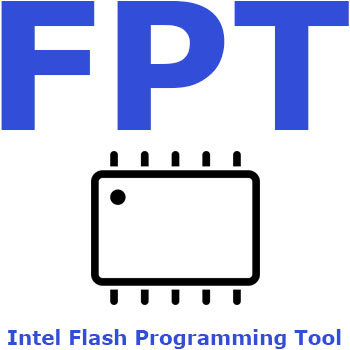
When using with the on-chip debugging emulators, conversion adapter is required depending on the number of pins on the target board. Please note that this guide will work only with the Intel Powered Tablet and Smartphone. You should have a Windows Laptop or PC for this guide. Make sure that your device has at least 60% charge left. INTEL FLASH PROGRAMMING TOOL FOR WINDOWS X64 UPGRADE. INTEL FLASH PROGRAMMING TOOL FOR WINDOWS X64 MANUAL.  INTEL FLASH PROGRAMMING TOOL FOR WINDOWS X64 SERIAL. INTEL FLASH PROGRAMMING TOOL FOR WINDOWS X64 SOFTWARE LICENSE. INTEL FLASH PROGRAMMING TOOL FOR WINDOWS X64 MANUALS. Moore's law is the observation that the number of transistors in a dense integrated circuit (IC) doubles about every two years. Moore's law is an observation and projection of a historical trend. Rather than a law of physics, it is an empirical relationship linked to gains from experience in production. The observation is named after Gordon Moore, the co-founder of Fairchild Semiconductor and Intel (and former CEO of the latter), who in 1965 posited a doubling every year in the number of components per integrated circuit, and projected this rate of growth would continue for at least another decade. In 1975, looking forward to the next decade, he revised the forecast to doubling every two years, a compound annual growth rate (CAGR) of 41%.
INTEL FLASH PROGRAMMING TOOL FOR WINDOWS X64 SERIAL. INTEL FLASH PROGRAMMING TOOL FOR WINDOWS X64 SOFTWARE LICENSE. INTEL FLASH PROGRAMMING TOOL FOR WINDOWS X64 MANUALS. Moore's law is the observation that the number of transistors in a dense integrated circuit (IC) doubles about every two years. Moore's law is an observation and projection of a historical trend. Rather than a law of physics, it is an empirical relationship linked to gains from experience in production. The observation is named after Gordon Moore, the co-founder of Fairchild Semiconductor and Intel (and former CEO of the latter), who in 1965 posited a doubling every year in the number of components per integrated circuit, and projected this rate of growth would continue for at least another decade. In 1975, looking forward to the next decade, he revised the forecast to doubling every two years, a compound annual growth rate (CAGR) of 41%. 
While Moore did not use empirical evidence in forecasting that the historical trend would continue, his prediction held since 1975 and has since become known as a "law". Moore's prediction has been used in the semiconductor industry to guide long-term planning and to set targets for research and development, thus functioning to some extent as a self-fulfilling prophecy.

Advancements in digital electronics, such as the reduction in quality-adjusted microprocessor prices, the increase in memory capacity ( RAM and flash), the improvement of sensors, and even the number and size of pixels in digital cameras, are strongly linked to Moore's law.

These ongoing changes in digital electronics have been a driving force of technological and social change, productivity, and economic growth. Industry experts have not reached a consensus on exactly when Moore's law will cease to apply. Microprocessor architects report that semiconductor advancement has slowed industry-wide since around 2010, slightly below the pace predicted by Moore's law. In 1959, Douglas Engelbart studied the projected downscaling of integrated circuit (IC) size, publishing his results in the article "Microelectronics, and the Art of Similitude".








 0 kommentar(er)
0 kommentar(er)
